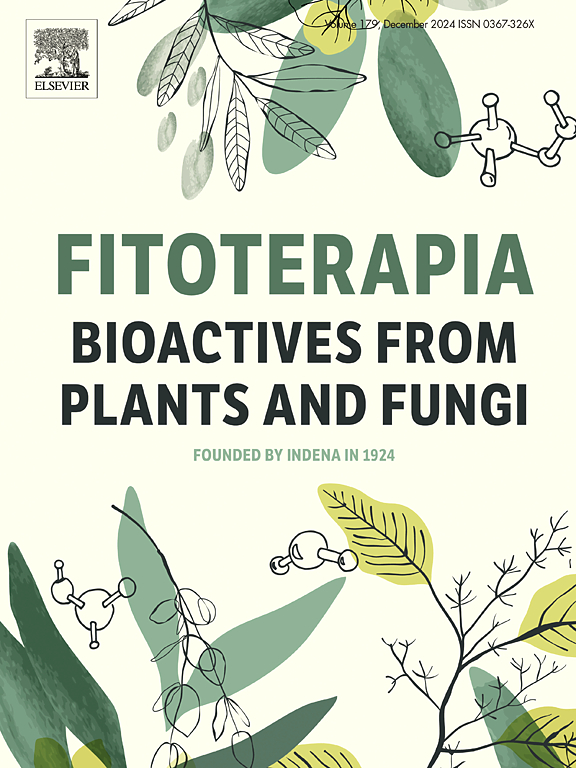Health risks and toxicity mechanisms of medicinal and aromatic plants (MAPs): A comprehensive review of adverse effects on organ systems, genotoxicity and reproductive toxicity
IF 2.6
3区 医学
Q3 CHEMISTRY, MEDICINAL
引用次数: 0
Abstract
The use of medicinal and aromatic plants (MAPs) requires careful evaluation due to their potential effects on human health. Assessing the risks, including toxicity and adverse effects, is essential to ensure their safe application. Our bibliometric analysis revealed a high prevalence of research focusing on MAPs' health impacts, with frequent mentions of “side effects” and “toxicity,” emphasizing the need for further investigation into their active ingredients and mechanisms of action. The potential health effects of MAPs have been documented across various organ systems, including gastrointestinal (vomiting and diarrhea), renal (nephrotoxicity), hepatic (hepatotoxicity), and neurological (neurotoxicity). These effects arise from interactions between plant compounds and metabolic enzymes, cellular receptors, and signaling pathways, potentially leading to toxicity. The mechanisms discussed include oxidative stress, mitochondrial dysfunction, inhibition of metabolic enzymes, DNA damage (genotoxicity), and endocrine disruption, which may explain the diverse observed toxicological profiles. This review highlights the complex relationship between botanical substances and human health, integrating current applications while raising awareness of associated risks. It also underscores the importance of strict regulations and responsible use to ensure the safe and effective integration of MAPs into healthcare practices.

药用和芳香植物(MAPs)的健康风险和毒性机制:对器官系统、遗传毒性和生殖毒性的不利影响的综合综述
药用和芳香植物(MAPs)的使用由于其对人类健康的潜在影响而需要仔细评估。评估风险,包括毒性和不良影响,是确保其安全应用的必要条件。我们的文献计量学分析显示,关注map对健康影响的研究非常普遍,经常提到“副作用”和“毒性”,强调需要进一步研究其有效成分和作用机制。MAPs的潜在健康影响已在多个器官系统中得到证实,包括胃肠道(呕吐和腹泻)、肾脏(肾毒性)、肝脏(肝毒性)和神经系统(神经毒性)。这些影响来自植物化合物与代谢酶、细胞受体和信号通路之间的相互作用,可能导致毒性。讨论的机制包括氧化应激、线粒体功能障碍、代谢酶抑制、DNA损伤(遗传毒性)和内分泌干扰,这可能解释了观察到的不同毒理学特征。这篇综述强调了植物物质与人类健康之间的复杂关系,整合了目前的应用,同时提高了对相关风险的认识。它还强调了严格法规和负责任使用的重要性,以确保安全有效地将MAPs纳入医疗保健实践。
本文章由计算机程序翻译,如有差异,请以英文原文为准。
求助全文
约1分钟内获得全文
求助全文
来源期刊

Fitoterapia
医学-药学
CiteScore
5.80
自引率
2.90%
发文量
198
审稿时长
1.5 months
期刊介绍:
Fitoterapia is a Journal dedicated to medicinal plants and to bioactive natural products of plant origin. It publishes original contributions in seven major areas:
1. Characterization of active ingredients of medicinal plants
2. Development of standardization method for bioactive plant extracts and natural products
3. Identification of bioactivity in plant extracts
4. Identification of targets and mechanism of activity of plant extracts
5. Production and genomic characterization of medicinal plants biomass
6. Chemistry and biochemistry of bioactive natural products of plant origin
7. Critical reviews of the historical, clinical and legal status of medicinal plants, and accounts on topical issues.
 求助内容:
求助内容: 应助结果提醒方式:
应助结果提醒方式:


